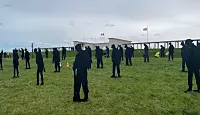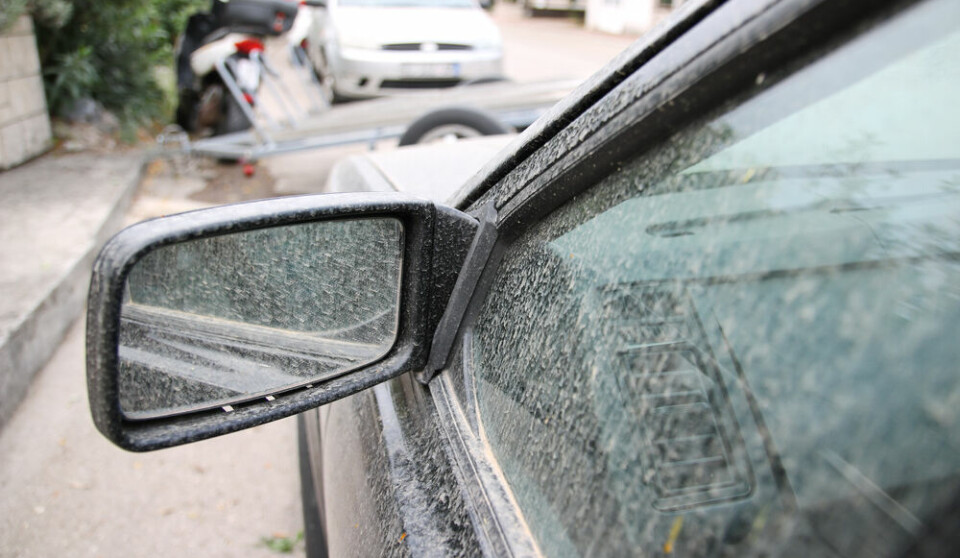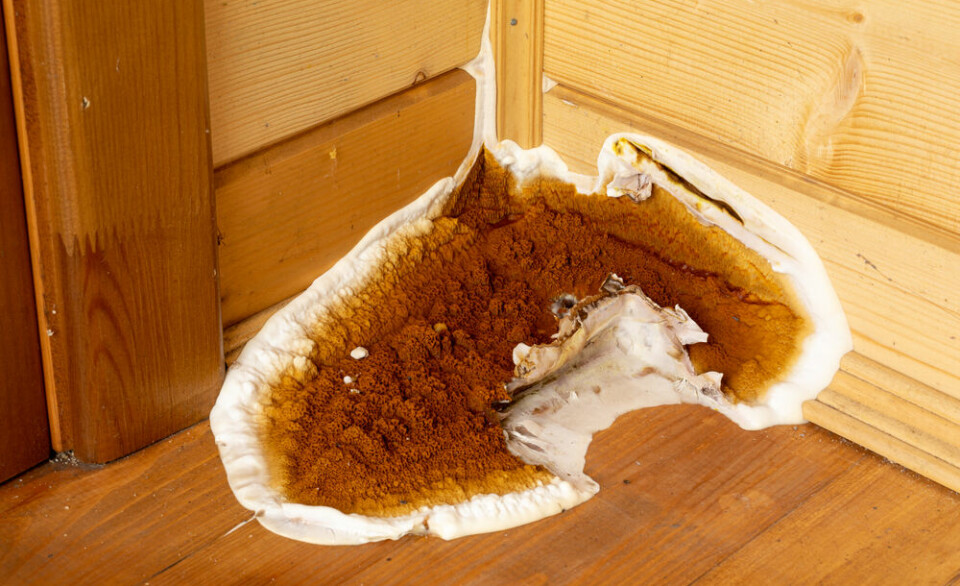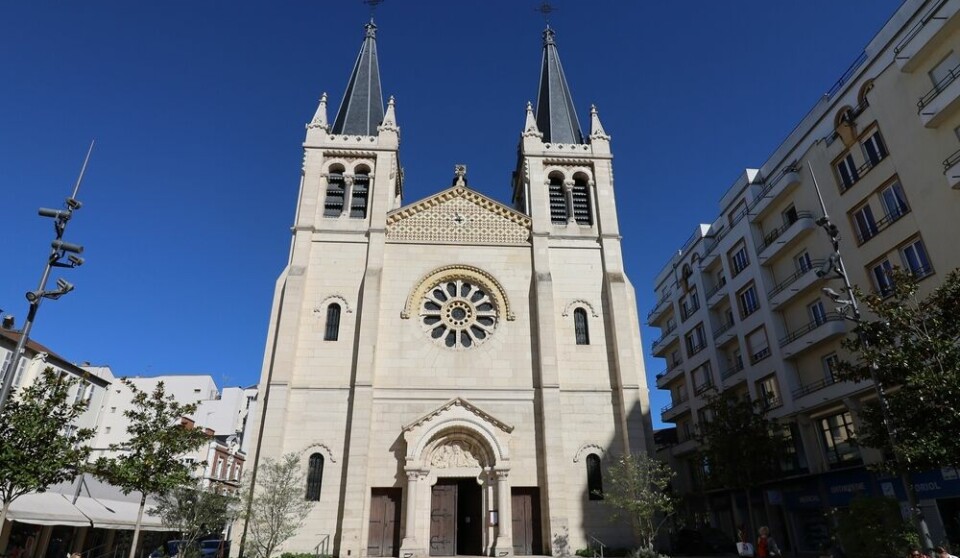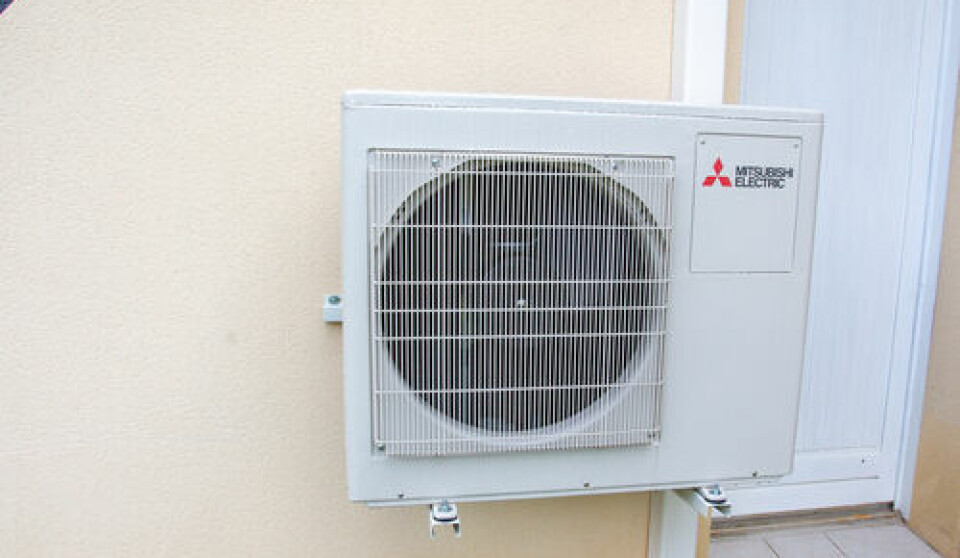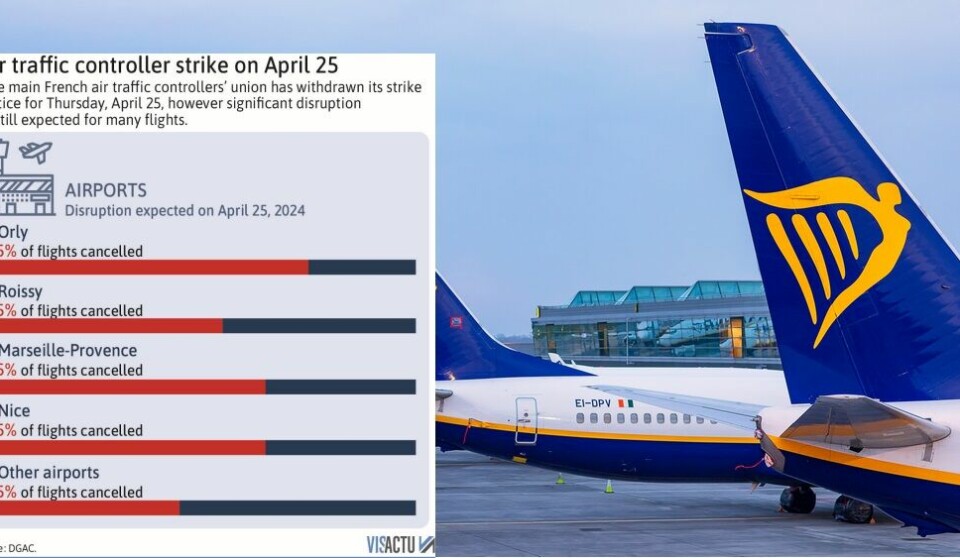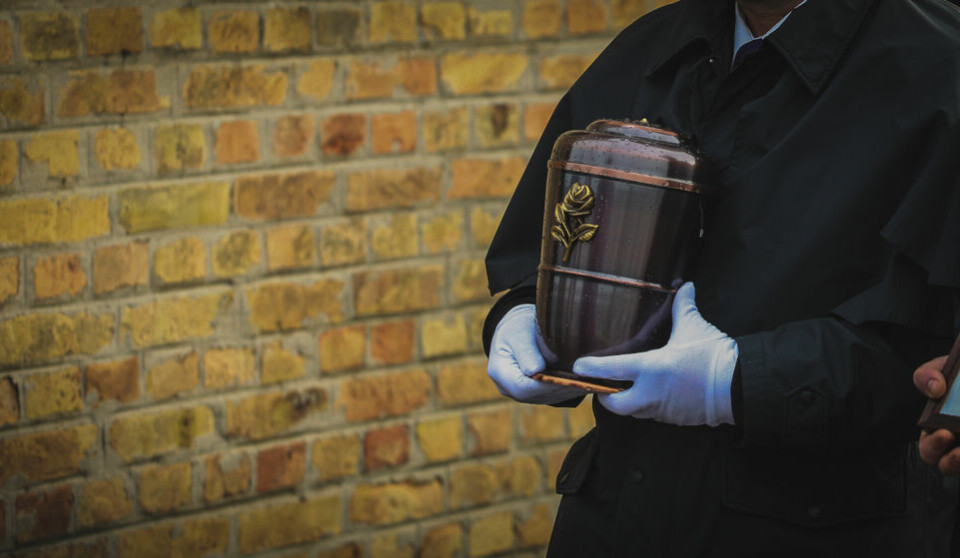-
Silhouettes of D-Day soldiers erected at British memorial in Normandy
The 1,475 two-metre tall statues will portray British soldiers who died on the beaches on the day of landing
-
Meet France's great garden acrobat
With its bright yellow and blue plumage, the Eurasian blue tit is easy to spot in the garden.
-
Petit lapin, coup du lapin: 6 commonly used French rabbit expressions
A potential new penalty for missing a doctor’s appointment has also been nicknamed la taxe lapin - we explain why
US war dead remembered in French cemeteries, 100 years on
Visitors and families continue to pay their respects for American soldiers, over a century after World War One

The chief of staff of the American Battle Monuments Commission (ABMC) has expressed his pleasure that so many people still visit US war cemeteries in France.
The commission celebrated its 100th anniversary in 2023, with half of its work being carried out in France.
The commission was formed in 1923 to take over the running of military cemeteries for US dead after World War One.
During that conflict, cemeteries were set up by the army, often in temporary locations.
Families of the dead had, and still have, the choice to have bodies sent home for burial or to be interred in a war cemetery next to other soldiers who fell.
“The percentage of bodies sent back to the US for burial during World War One was 65%, with 35% remaining in France,” Mike Conley, ABMC’s chief of staff, told The Connexion.
“In World War Two, the percentage was the same, which is quite a coincidence when you think about it.
“Even now, some families want their dead moved to the US, but most, after they have visited the cemeteries, are happy to have them stay.”
Read more: US veteran, 100, to marry in Normandy on 80th commemoration of D-Day
Perpetual use of land, under French sovereignty
Like the Commonwealth War Graves Commission, founded in 1917, which does similar work for British and Commonwealth countries’ war dead, the ABMC is granted use of the land for cemeteries in perpetuity.
However, France, and other countries hosting US cemeteries, remain sovereign over it. “Some people believe the cemeteries are US territory, like embassies, but it is not the case,” said Mr Conley.
“But the land is granted free of taxes and charges as long as it remains a cemetery.
“The very first head of the ABMC was General John Pershing, who commanded the US forces in France and Belgium, and he made the promise in his appointment speech that ‘time will not diminish the glory of their deeds’ in reference to soldiers who made the ultimate sacrifice.
“It is something we at the ABMC try to live up to.”
The commission employs 500 people worldwide, with half of that number in France.
It is responsible for the architecture and layout of cemeteries.
Each cemetery superintendent and deputy superintendent must be a US citizen, but almost all of the rest of the workers are from the countries where the cemeteries lie, most living near their place of work.
Cemeteries you can visit
In France, the Normandy American Cemetery at Colleville-sur-Mer, where many of the D-Day landing dead are buried, and the nearby Pointe du Hoc Ranger Monument, are the most-visited US cemeteries in France, drawing roughly three million people a year.
“There is the D-Day interest, of course, and both the Normandy cemetery, on a cliff overlooking Omaha Beach, and the Ponte du Hoc Ranger Monument are beautiful, with views over the sea and close to where the landings took place,” said Mr Conley.
The Aisne-Marne American Cemetery and Memorial cemetery contains the graves of 2,289 war dead, most of whom fought in the vicinity and in the Marne Valley in summer 1918.
“People are able to pay their respects in a calm and beautiful place.”
Americans make up 20% of visitors to US cemeteries in France, French people 40% and Dutch people another 20%. The remaining 20% of visitors hail from all over the world.
The most popular time to visit is always the US Memorial Day ceremony, held on the last Monday of May each year, when the nation remembers its war dead.
“We always have local officials and local people from around the cemeteries who take part in the memorial ceremonies,” said Mr Conley. “I find it gratifying that people come to recognise the sacrifice made by so many.”
November 11, when France remembers its own war dead, is known as Veterans Day in the US, and there are usually ceremonies in the cemeteries then too.
Entrance to US cemeteries and other war monuments is free. Visitors are expected to dress and behave respectfully.
They are open every day, except Christmas and New Year’s Day, and staff are available to help family members find a specific grave.
The ABMC website can be found at abmc.gov and includes a list of all US war cemeteries and other monuments, plus local details.
Read more
Tiny knitted soldiers need help to get to France for D-Day anniversary
Tiny Normandy commune to mark crucial role in D-Day landings
PHOTOS: See French WW1 soldier’s bedroom left unchanged since 1918
